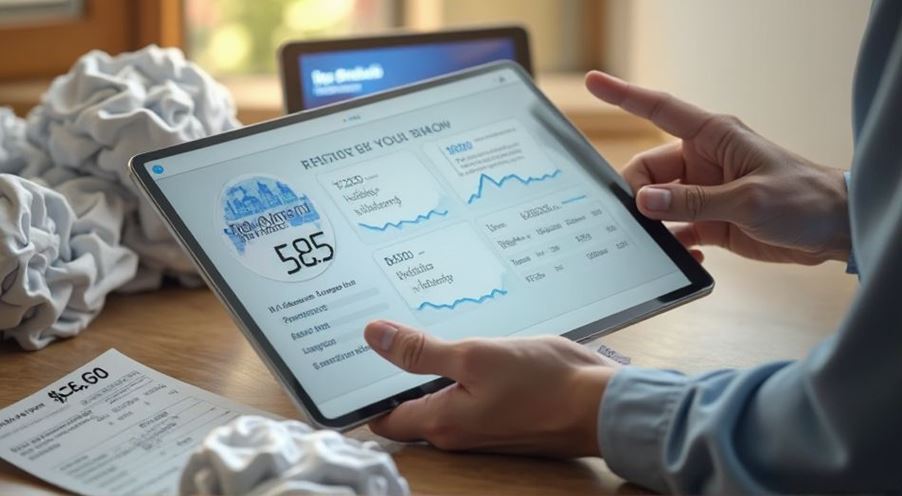Let’s be honest. We’ve all been there. You get a job offer with a number that makes you do a little happy dance. Let’s say it’s $85,000. You’re mentally already spending the extra cash. Then, that first paycheck hits your bank account.
Cue the record scratch.
You stare at the number. You do the quick math in your head. “Wait, where did the rest of it go?” Suddenly, that $85,000 feels a lot… smaller. You’re left squinting at a pay stub filled with cryptic acronyms like FICA, Fed-Withholding, and SS, feeling like you need a finance degree just to understand your own money.
The Old Way was Basically a Guessing Game
I remember trying to use those basic online calculators before. You’d type in your state and salary, and it would spit back a number that felt about as accurate as a weather forecast from two weeks ago. They completely missed the real-life stuff that makes or breaks your budget.
Things like:
- That pricey health insurance plan you chose for your family.
- The 6% you’re putting into your 401(k) to get the full company match.
- Your flexible spending account for daycare costs.
- Even things like commuter benefits or union dues.
The old calculators gave you a ballpark figure, but you were still left standing in the dark when it came to the real game.
The “Aha!” Moment is Real
It wasn’t just a single number for my take-home pay. It was a full, beautiful breakdown. I could finally see it: “Oh, that’s how much goes to state taxes. Wow, my 401(k) contribution makes a bigger dent than I thought, but look how much I save on taxes because of it.”
The real magic, though, is in the “what-if” scenarios. This is where it gets fun. I started playing with the numbers like it was a simulator.
- What if I contribute 2% more to my retirement? Slide the bar. Instantly, I see my take-home pay dip slightly, but my long-term savings jump.
- What if I switch to the high-deductible health plan? Click. I can immediately weigh the higher deductible against the lower premium.
- What if I get a $5,000 bonus? Type it in. Seeing the net effect is incredibly motivating.
I probably spent an hour tweaking things. It didn’t feel like a chore; it felt like I was unlocking the secret rules of my financial life.
Why This is a Game-Changer for Your Career
This technology does more than just prevent sticker shock. It gives you power.
- During Job Offers: You can compare two offers on a truly level playing field. A job with a $90,000 salary but terrible benefits might actually net you less than a job with an $85,000 salary and amazing, low-cost benefits. Knowing this before you sign is priceless.
- During Open Enrollment: Instead of just guessing which health plan to pick, you can model them. See exactly how choosing a different plan will impact your monthly budget.
- For Financial Planning: It turns abstract goals into concrete numbers. Want to know how much more you need to earn to afford a new car payment? Plug it in and see.
Your Move: Stop Guessing, Start Knowing
If you’re tired of the salary surprise, it’s time to try one of these tools. Just search for “AI salary calculator” or “smart take-home pay calculator.” The good ones are free. Block out 10 minutes, grab your latest pay stub, and just start inputting.
It’s the quickest way to go from feeling confused about your money to feeling completely in control. AI isn’t just changing industries; it’s changing how we understand our own worth, one paycheck at a time. And that’s a tool worth using.

